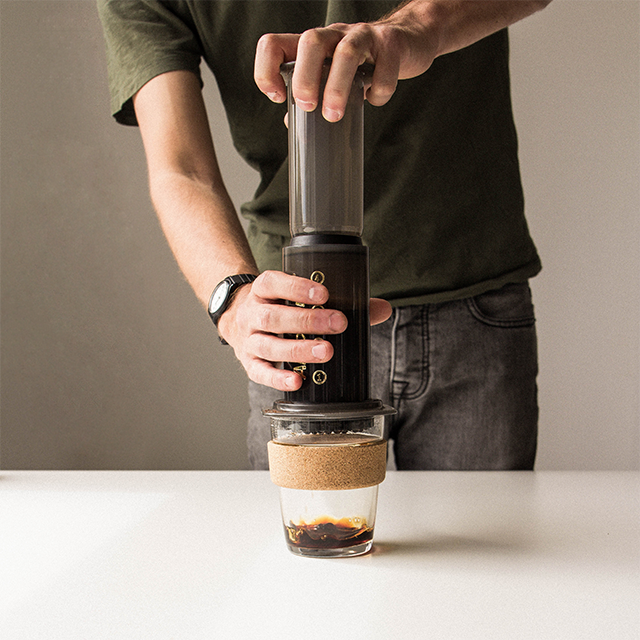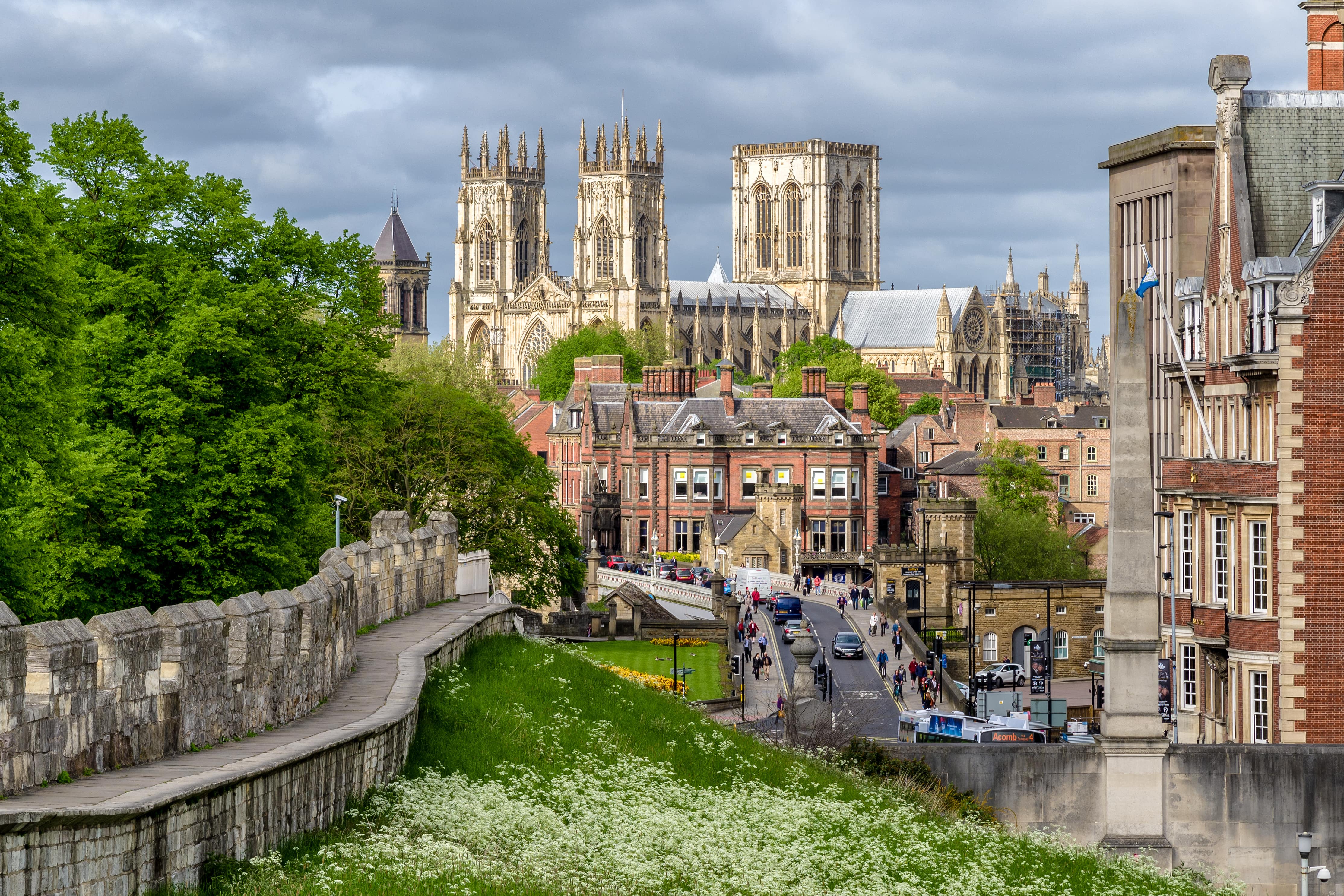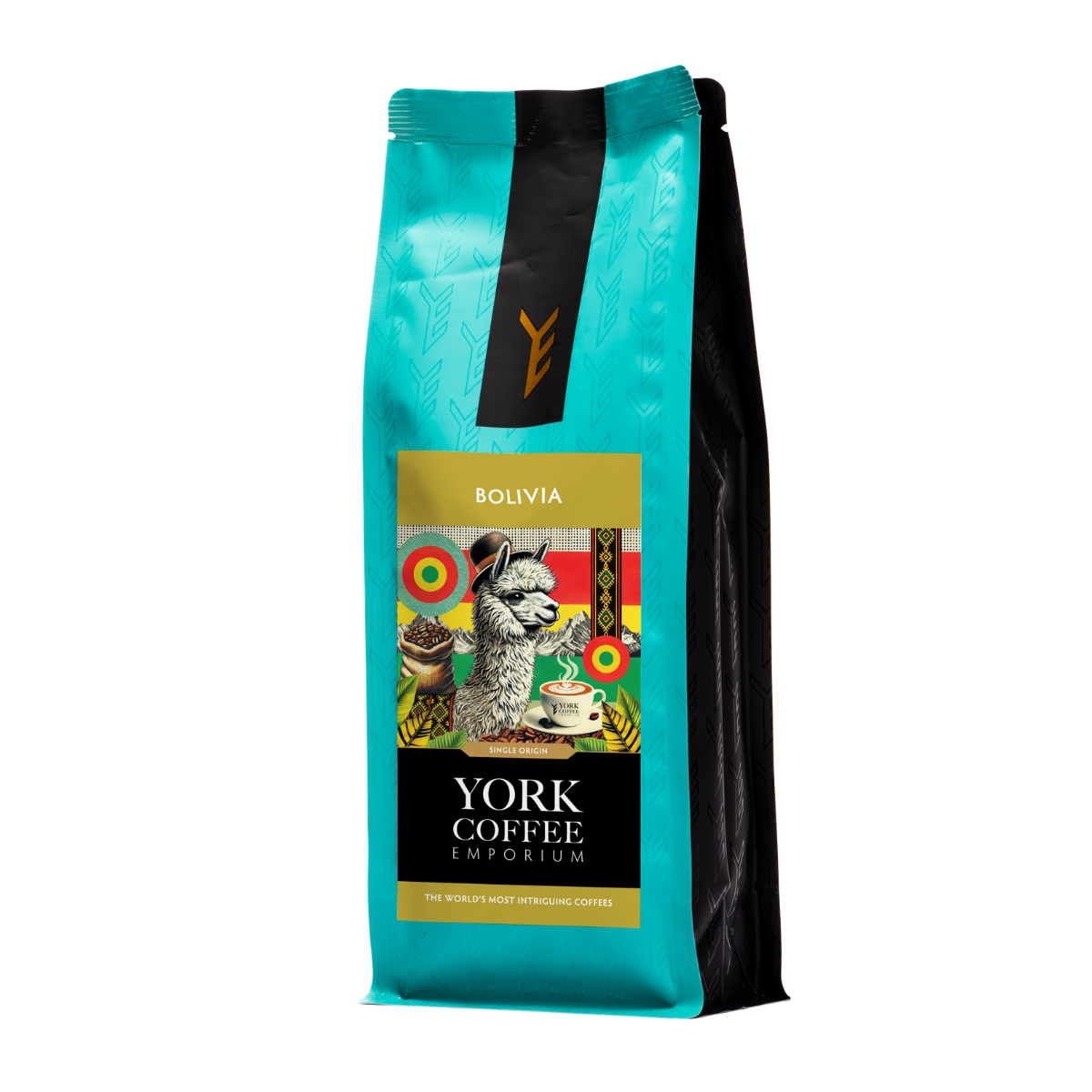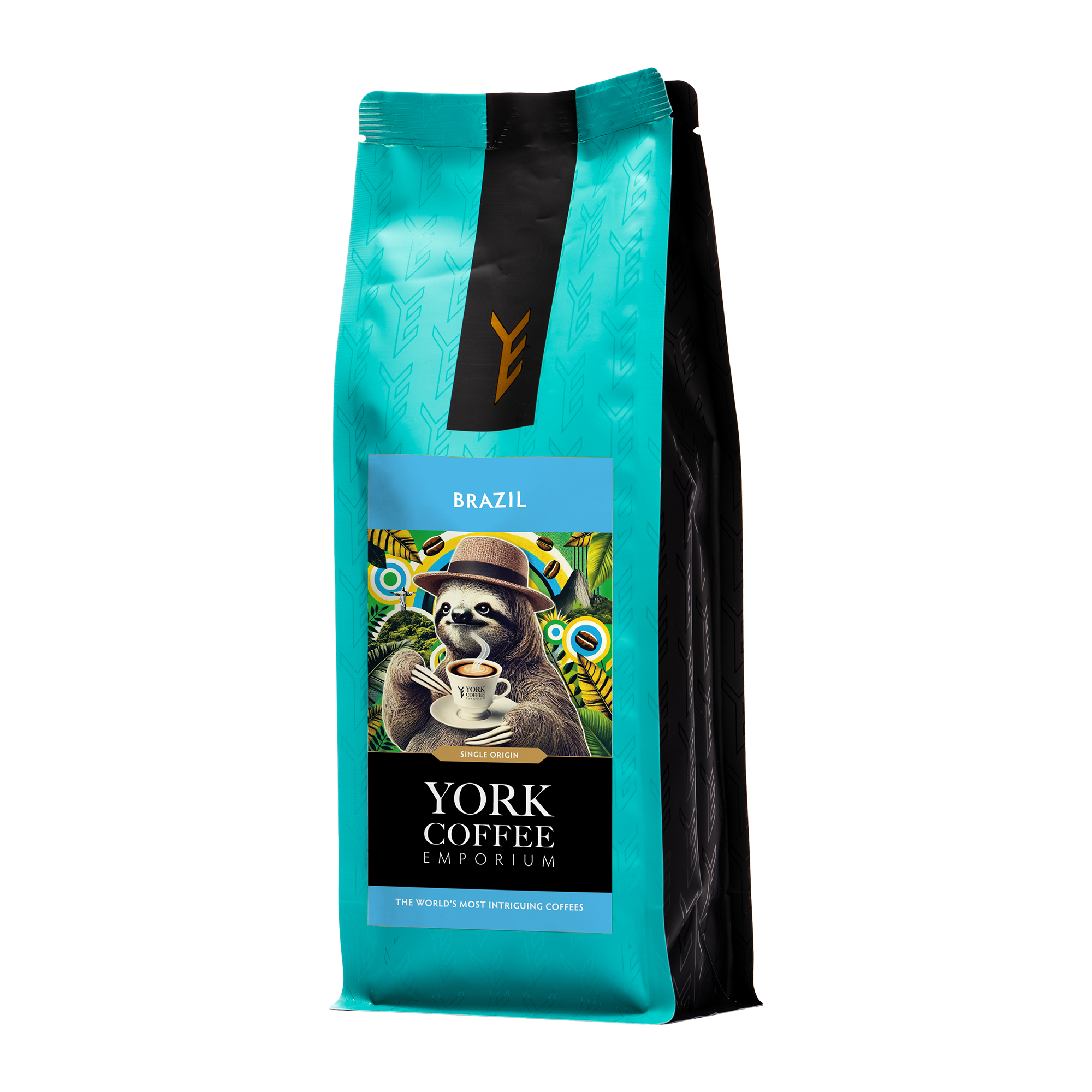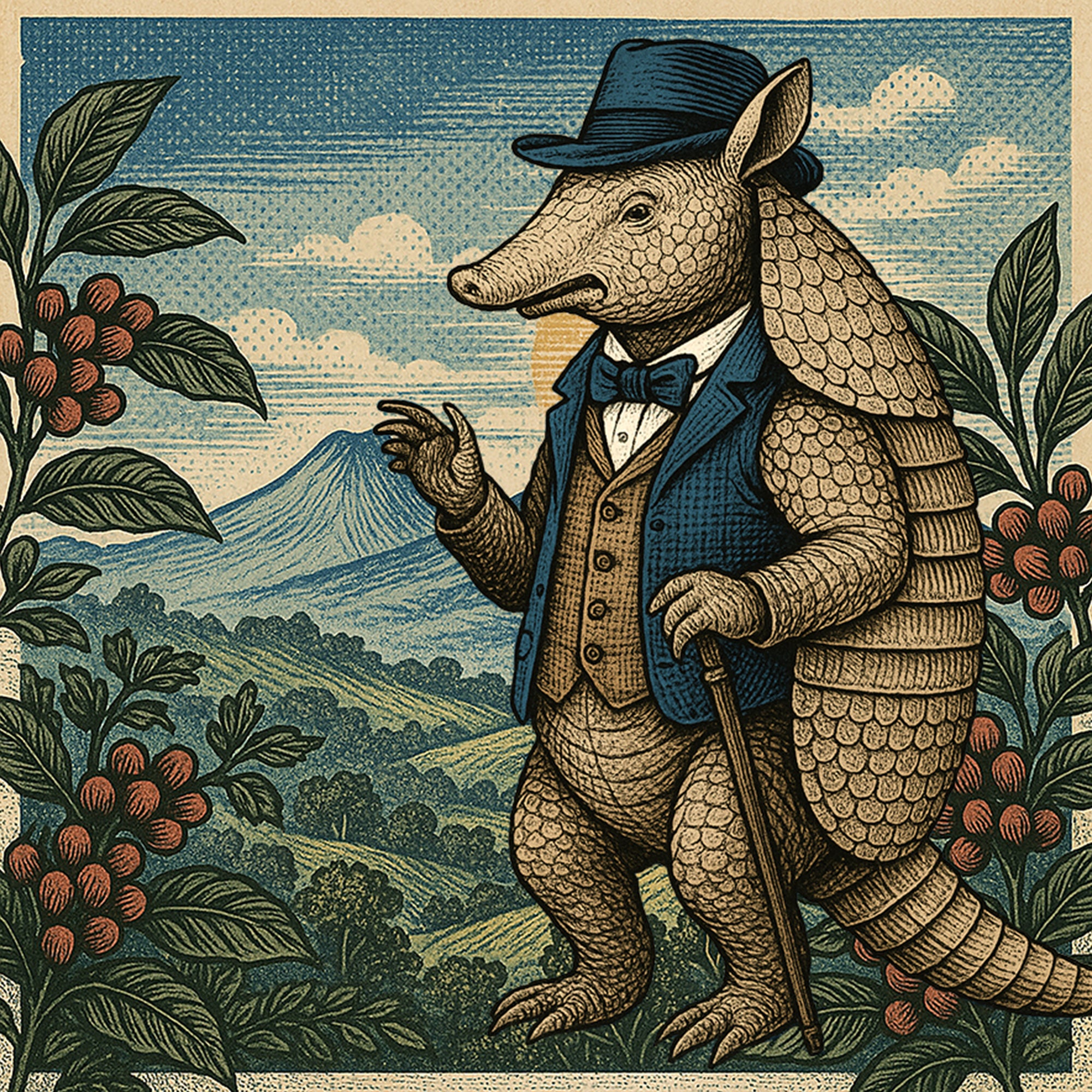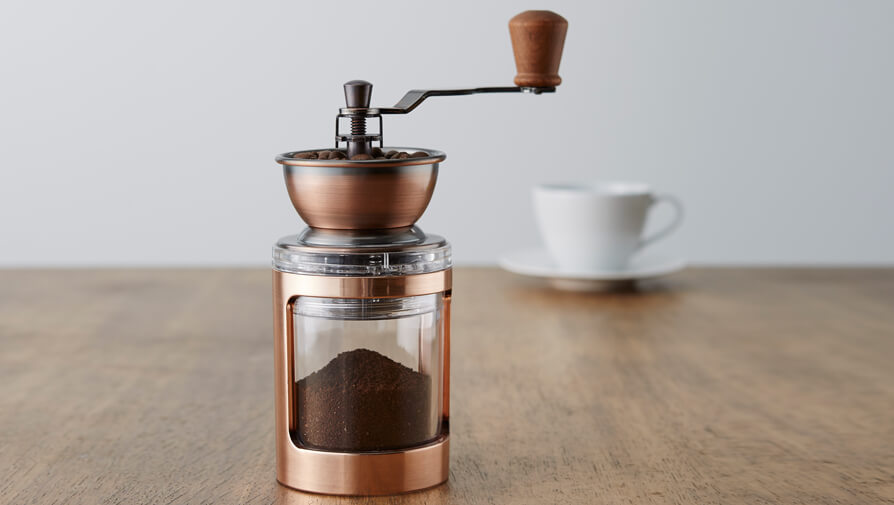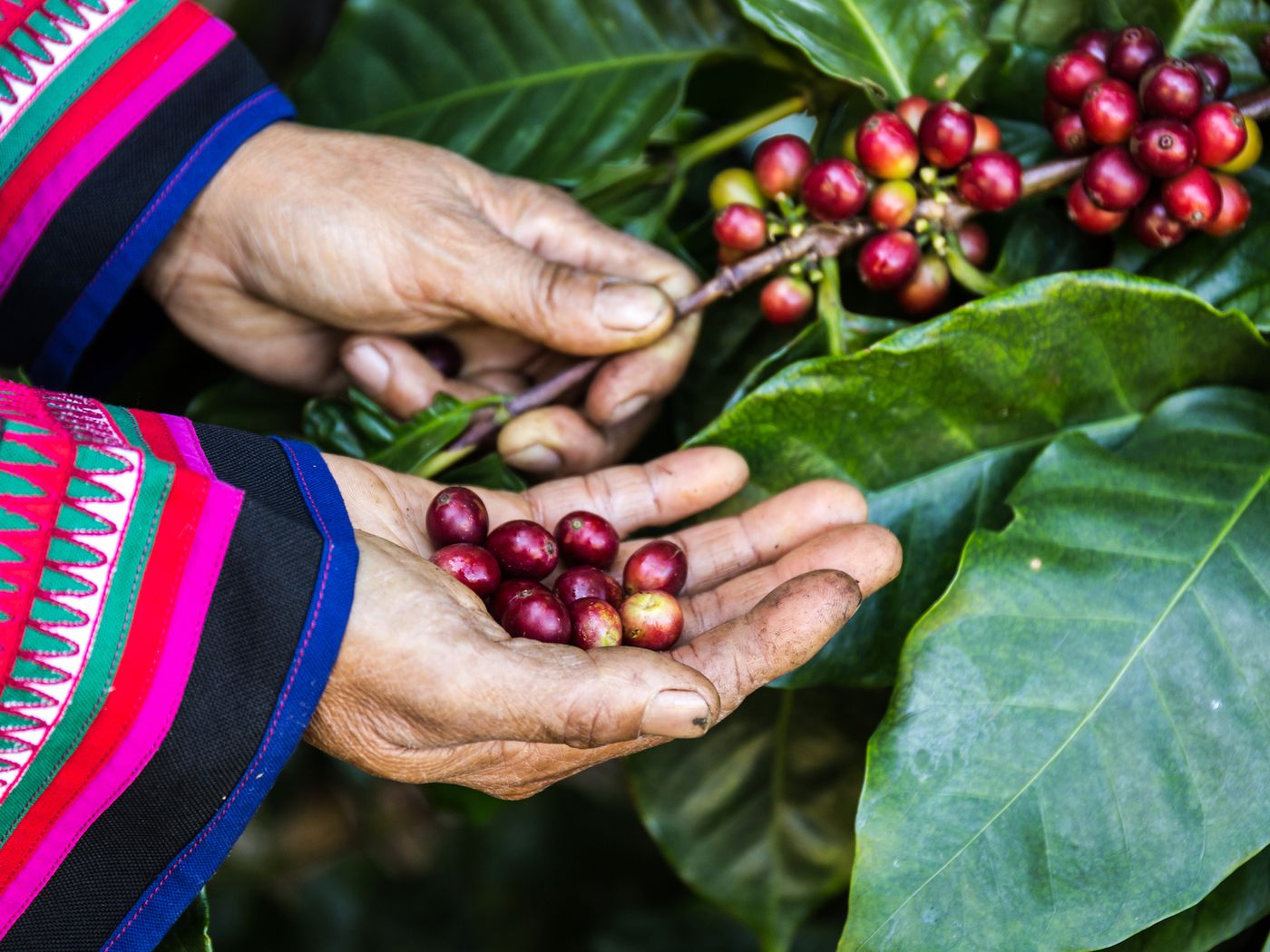
How is Coffee Processed?

Coffee processing is a method to remove the outer layers of a coffee seed (bean).
There are 3 main methods of processing. These include;
- Washed
- Natural
- Honey (Pulped Natural in Brazil)
When harvesting coffee seeds, cherries will be pulled from the coffee plant at peak ripeness (when red). Each cherry will usually have 2 coffee seeds inside. From this point the process is very much dependant on the farm.
Washed
Washed process is the most common among the 3 for arabica coffee. From harvest they must immediately get the cherries through a pulping machine. This must be done within 24 hours, however preferably before the 12 hour mark. The longer the cherries are left, the harder it becomes to separate from the coffee seeds. The pulping machine removes and separates the pulp from the seeds using water.

Washing channels are used to separate lighter immature beans from heavier mature beans. any water will be recycled ready to run the process again.
Onto the drying! The coffee seeds will still have their parchment casing which contains approx. 50% moisture. The farmers will lay the coffee seeds out in the sun allowing them to dry in their hot climate. The parchment has to be dried to approx. 11% so the beans can be stored in a stable condition. If coffee beans are overdried they may lose they green/blue colouring and some quality. Too much moisture on the other hand will promote mould and endangers the bean quality. Beans are turned regularly to ensure they are dried evenly. This process can take between 12 - 15 days.
This process results in a clean, bright tasting coffee with a high degree of clarity in its flavour profile. The natural acidity in the coffee also shines through more when using this process.
you can view our washed coffees here
Natural
The oldest process in the book. A little risky too.
Unlike the washed process, the picked cherries are left as they are and simply left out to dry. This allows any natural sugars, sweetness and fruit flavours to ferment and merge with the bean whilst drying.

This is where it gets a little risky. As I said above, the moisture content is extremely important when drying coffee. If you leave these natural cherries for too long - they will go mouldy! Mould will diminish the coffee flavours and cause defective flavours. Frequent turning of the coffee is implemented, allowing the coffee for even drying and air exposure. Once the agreed moisture content has been reached, the coffee will now have its outer layers removed in one step by a de-pulper or hulling machine.
The resulting coffee stands out compared to those using the washed process due to the 'funky' and 'boozy' flavours. You can expect rich, full bodied fruity flavours from a coffee processed in this fashion.
you can view our natural coffees here
Honey (Also known as Pulped Natural)
It's not often you can get the best of both worlds in...well, anything really - but the honey process does just that. It sits in the middle ground of both washed and natural.

Coffee will be pushed through a pulping machine, but not washed afterwards. This will leave sticky mucilage remains on the outside of the coffee seeds. The coffee will now be sent out to dry. Again - the beans will be regularly turned, and put into storage once the appropriate moisture content level has been met.
The resulting coffee is often sweet & fruity, with a medium body and soft acidity.
I hope this gives you a good insight to the processing of coffee. This will relate to later articles when we delve deeper into single origin coffee, focusing purely on one region at a time.
You can buy our coffee or any brewing equipment from our website HERE
Instagram: @york_emporium


